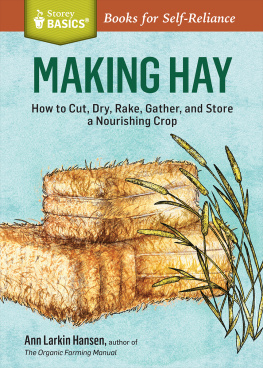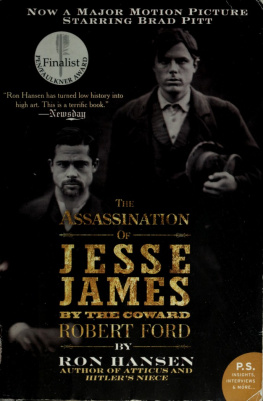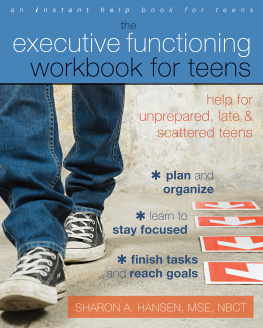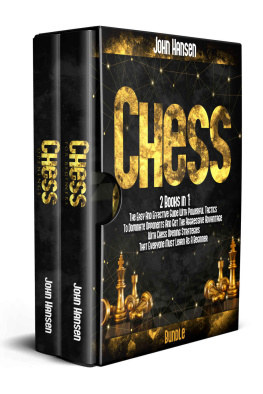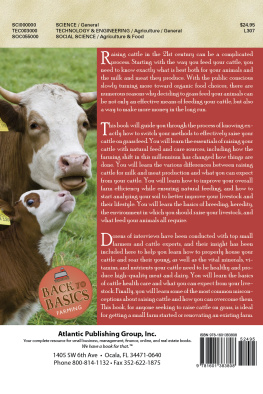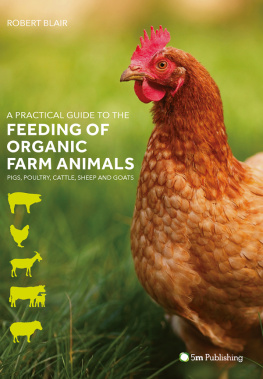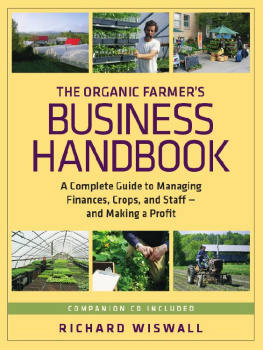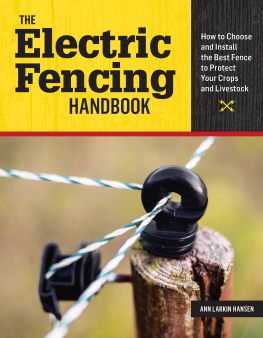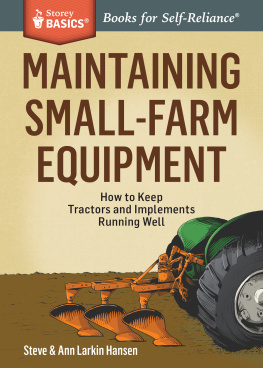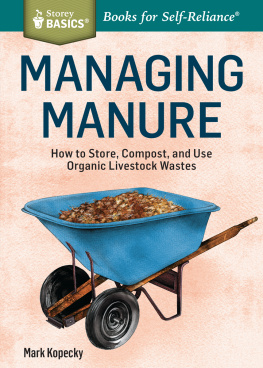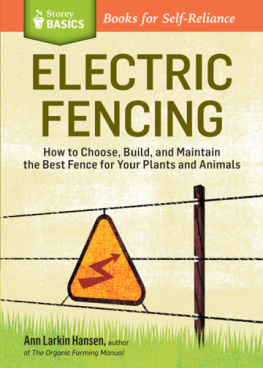Hansen - Making Hay
Here you can read online Hansen - Making Hay full text of the book (entire story) in english for free. Download pdf and epub, get meaning, cover and reviews about this ebook. City: North Adams;MA, year: 2014, publisher: Storey Publishing, LLC, genre: Home and family. Description of the work, (preface) as well as reviews are available. Best literature library LitArk.com created for fans of good reading and offers a wide selection of genres:
Romance novel
Science fiction
Adventure
Detective
Science
History
Home and family
Prose
Art
Politics
Computer
Non-fiction
Religion
Business
Children
Humor
Choose a favorite category and find really read worthwhile books. Enjoy immersion in the world of imagination, feel the emotions of the characters or learn something new for yourself, make an fascinating discovery.
- Book:Making Hay
- Author:
- Publisher:Storey Publishing, LLC
- Genre:
- Year:2014
- City:North Adams;MA
- Rating:5 / 5
- Favourites:Add to favourites
- Your mark:
- 100
- 1
- 2
- 3
- 4
- 5
Making Hay: summary, description and annotation
We offer to read an annotation, description, summary or preface (depends on what the author of the book "Making Hay" wrote himself). If you haven't found the necessary information about the book — write in the comments, we will try to find it.
Making Hay — read online for free the complete book (whole text) full work
Below is the text of the book, divided by pages. System saving the place of the last page read, allows you to conveniently read the book "Making Hay" online for free, without having to search again every time where you left off. Put a bookmark, and you can go to the page where you finished reading at any time.
Font size:
Interval:
Bookmark:
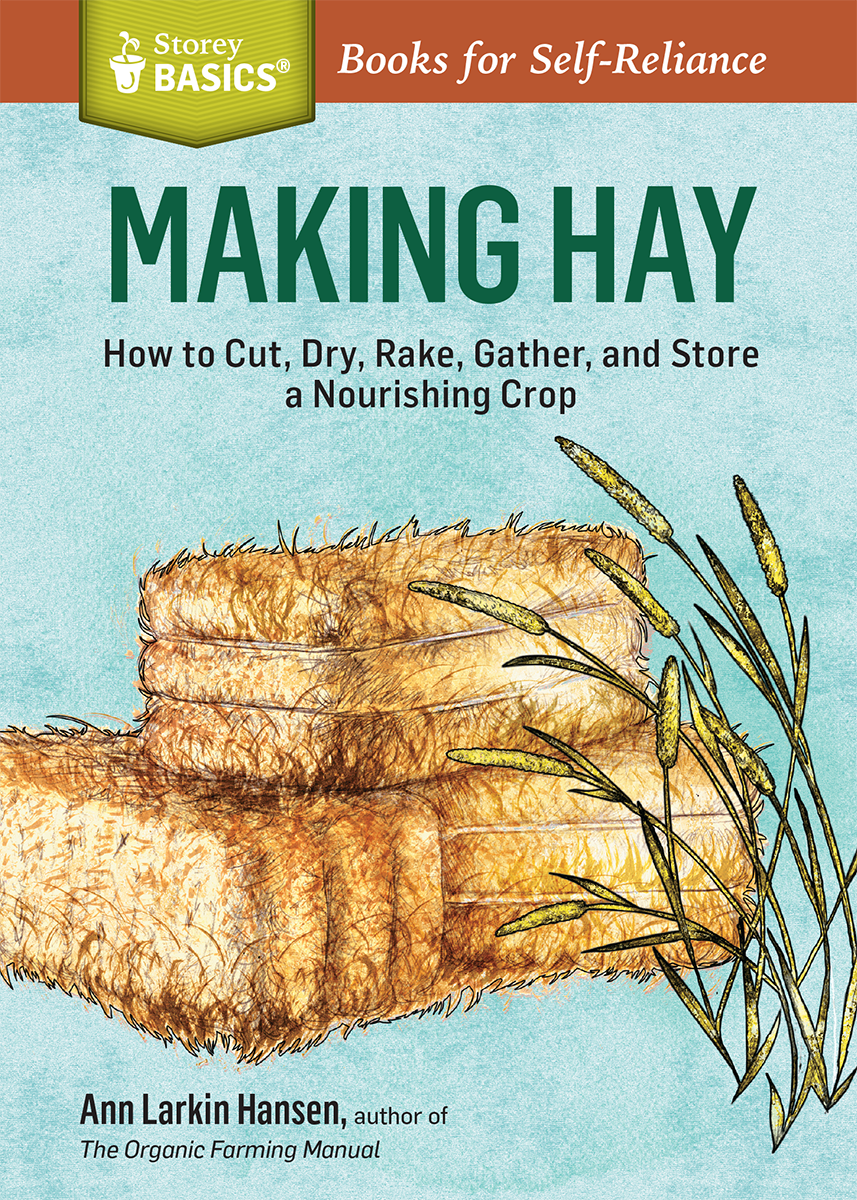
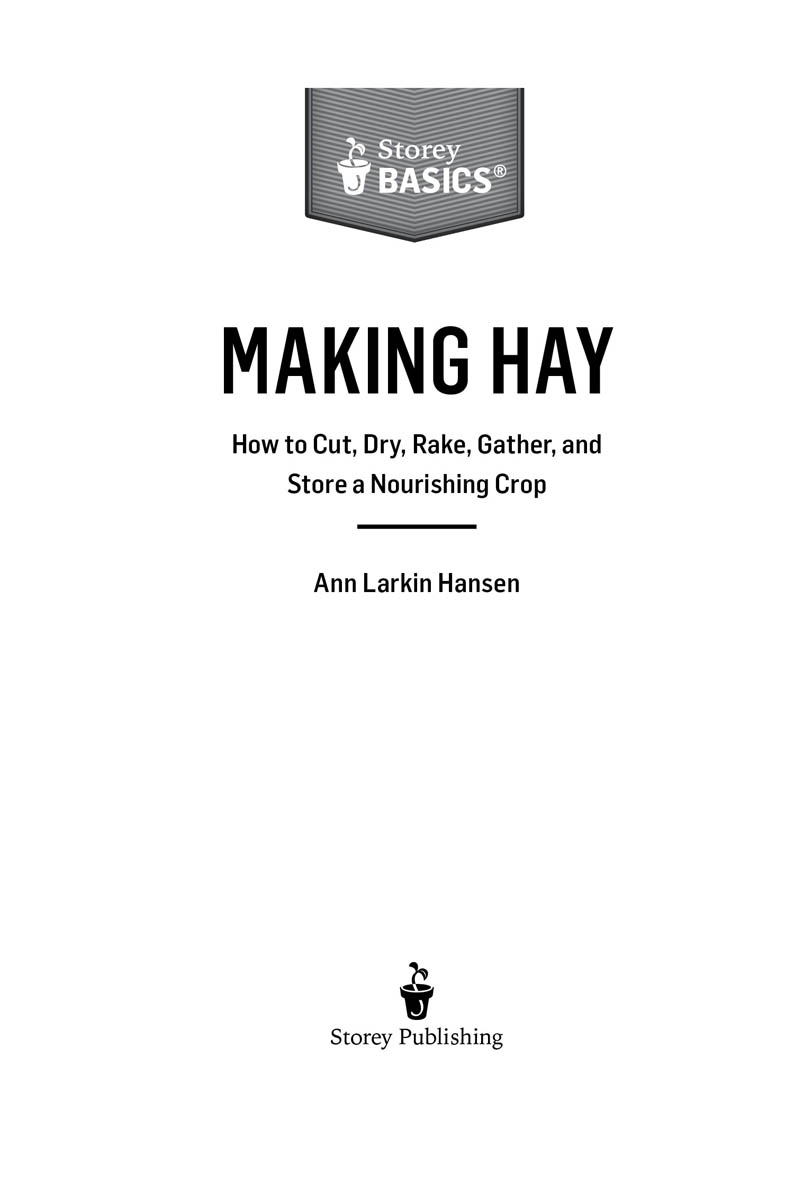
Thanks to Denny, Randy, Nathan, Elijah, Jonathon, Kelly, Pat, and Mike for many years of lending a hand when needed, and the mechanics at Badger Sales for all the advice, help, and assistance with repairs over the years. It takes a neighborhood to make a farmer, and I have great neighbors. Thanks also to our three boys, Nick, Phil, and Joe, for all the bales they moved, and to my husband, Steve, for everything.
ALH
Hay in the barn is like money in the bank: it keeps well and makes you feel secure. A full loft guarantees that your livestock will be well fed through cold or drought or flood. Making your own hay isnt very complicated; folks have been doing it for many centuries without any formal instruction, learning what they needed to know from their relatives and neighbors. If youre reasonably observant, have a modicum of mechanical ability, and possess some common sense, you can learn to make your own hay.
Hay is composed of grasses and legumes (generally clovers) that are cut while green and growing, dried, and then stored for livestock feed for times when it is too cold or dry for pastures to provide grazing. You can make enough hay from your lawn with hand tools to feed a rabbit or two, or you can use mechanical equipment and cut many acres to feed a herd of cattle. Scale doesnt matter; the process is the same.
There are five steps to making hay:
- Cut (mow)
- Dry
- Rake into windrows
- Gather (loose or baled)
- Store
The best hay is made by cutting the crop when its young and leafy, then drying and covering it before any rain falls on it. Because the weather often doesnt cooperate, hay makers frequently have to choose between rain damage on young hay and waiting for good weather when its too mature to make really good hay. Sometimes you lose twice and it rains on late-cut hay. In most years, though, if you pay attention to the weather forecasts and have your equipment in good shape, youll be able to put up good hay.
You can make hay from many different species of grasses and legumes, although they vary considerably in yield, tastiness, and nutritional value. You can even make hay from small grains (technically grasses) and some other annual crops by cutting them while still young and green rather than when golden-ripe. Since different plants (and different varieties of the same plant) grow well or poorly depending on the soil and climate, ask your neighbors, agricultural extension agent, and seed dealers which ones do best in your area before planting a hay field. But quite often, instead of laying out a lot of cash on seed, you can start by simply cutting what is already growing in the pasture.
Aftermath. The new growth after the first cutting of hay, from the Old English math, meaning to mow
Haycock. A small mound of hay made with hand tools to hasten drying
Haymow. The part of a barn where hay is stored
Hayrick, or haystack. Large, carefully constructed pile of loose hay with a temporary roof or thatch to protect it, for outdoor hay storage
Headlands. The ends of a field, where equipment is turned to start down the next row
Swath. The row of cut hay, before it is raked
Windrow. The row of cut hay after it is raked
Thats the simple overview. The details can become a little complicated. In the next five chapters well walk through some of the intricacies involved in making nutritious, palatable hay suitable for the type of livestock you are planning to feed.
There will also be some excursions into related topics, such as:
- equipment options
- determining how much hay you might need
- strategies for dealing with common problems such as rain and breakdowns
- alternatives to making your own hay, such as hiring custom workers or trading part of your crop for someone elses labor
A book, however, can take you only so far. Some hands-on experience is necessary to complete your education in how to make good hay. Your farming friends and neighbors can show you those hard-to-describe-in-words details like how to twist a hank of hay to see if its dry enough to bale, how to make the ends of your windrows tidy, and how to avoid plugging the baler pickup. Offer to give them a hand the next time they make hay.

All hands on deck: Baling small squares and stacking them on a haywagon
There are two ways to evaluate hay quality: the traditional method of looking at, feeling, and smelling the hay; and the scientific method, employing chemistry to determine the percentage of neutral detergent fiber, total digestible nutrients, and other precise measures of plant components.
If you are concerned about balancing livestock rations precisely, have your hay evaluated at a forage-testing lab to find the numbers for calculating the feed ration mathematically. (See the for a brief discussion of how hay quality is defined and measured in the laboratory.)
If youre interested just in getting your livestock comfortably through the winter, its fine to judge hay with your senses, the same way most small-scale farmers still do. Good hay is leafy, has a faded green color, and smells sweet and good. If its had rain on it the color will be more toward brown and the smell of it a little sour.
Never judge hay by the outside of a bale or a pile; if you didnt make it yourself, you must look inside. Break open two or three small bales, or wiggle your hand deep into a couple of round bales. If the hay seems glued together, it was baled too wet, and it heated. This means there have been some nutritional losses, making moldy spots more likely.
If you are buying hay, dont commit to a purchase until youve taken some home and made sure your animals will eat it even if it looks good to you, inside and out.
Palatability and nutritional value depend on the species of plants in the hay and, more importantly, on how mature they were when cut. Once youve looked at a few lots of hay youll be able to make a pretty good assessment of the proportions of grasses and legumes, and how old they were when cut, although your livestock have the final say on palatability.
Flavor and nutrition also decrease every time it rains on the hay while its drying in the field. Depending on how much rain fell and when in the haying process it occurred, the loss in quality will vary considerably.
Poor hay, however, is better than no hay. The necessary roughage for your livestock will still be there; you can usually make up any nutritional deficits by feeding concentrates such as grain.
With all that said about hay of the very highest nutritional value and palatability having the very highest-quality hay is not appropriate for most livestock. If we lived on nothing but steak and chocolate, wed get sick; so will your livestock if their diet is too rich. Although high-producing dairy animals need superb hay, most other species and classes (
Font size:
Interval:
Bookmark:
Similar books «Making Hay»
Look at similar books to Making Hay. We have selected literature similar in name and meaning in the hope of providing readers with more options to find new, interesting, not yet read works.
Discussion, reviews of the book Making Hay and just readers' own opinions. Leave your comments, write what you think about the work, its meaning or the main characters. Specify what exactly you liked and what you didn't like, and why you think so.

